Cameras with a Larger Sensor
1" Sensor: Sony RX100 M1 | APS-C
Sensor (Weak AA Filter): Leica X Vario | APS-C Sensor
(no AA Filter): Ricoh GR | Full Format (no AA Filter):
Leica M (Typ 240)
1" Sensor: Sony RX100 M1
The Sony RX100 M1 was one of the first cameras using the new 1 "sensor
(not the background-lit version!). It offers 20 (!) Megapixel and is now
a bit outdated (released in 2012). However, it is still being sold (beginning
of 2015), and we acquired it in the fall of 2014. Here it is presented in
order to show the performance of a sensor (crop factor 2.7) that is larger
than the ones used in compact cameras, but smaller than the ones used in
advanced cameras.
Even though many tests state that the image quality is good up to ISO 1600,
noise is quite strongly "smoothed out" above ISO 800.
However, even ISO 6400 photos look better than ISO 800 photos of the CX4
with a 1/2.3 "sensor.
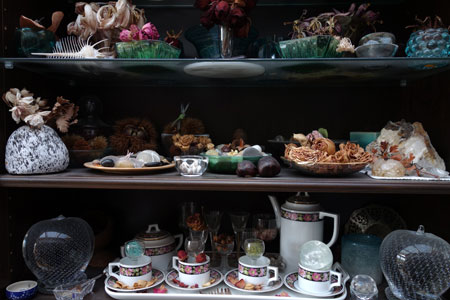
ISO 100, 200, 400, 800, 1600, 3200, 6400 (original
file)
Exposure values range between 2.6 and 2.9.
Since the images of the Sony RX100 have 20 megapixels, the section looks
much closer than that from the
CX4. Therefore, a comparison is not so easy.
There are perhaps better sections in the Sony RX100 samples
for comparing the different ISO values between these cameras
- please download the original files if you want to check this.
|
|
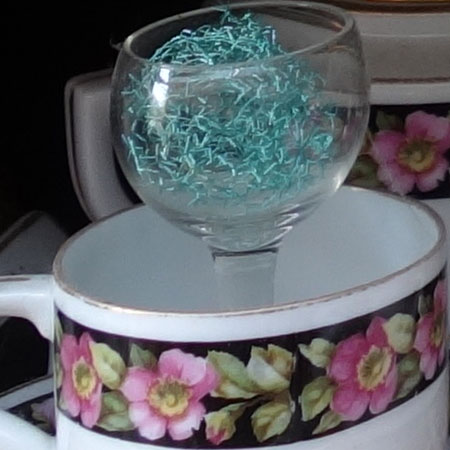
ISO 100 |
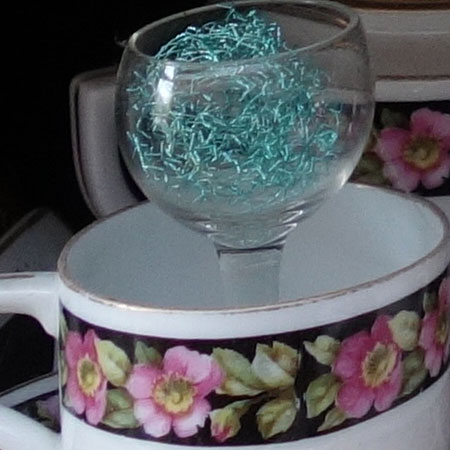
ISO 200 |
|
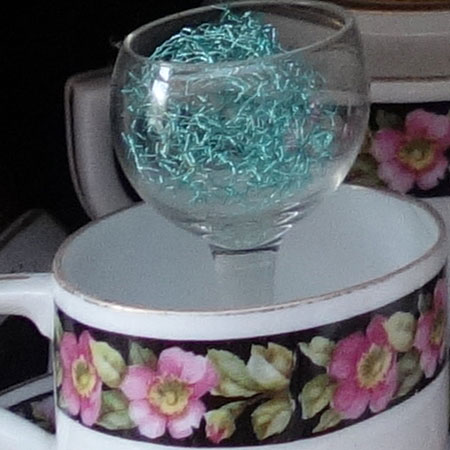
ISO 400 |
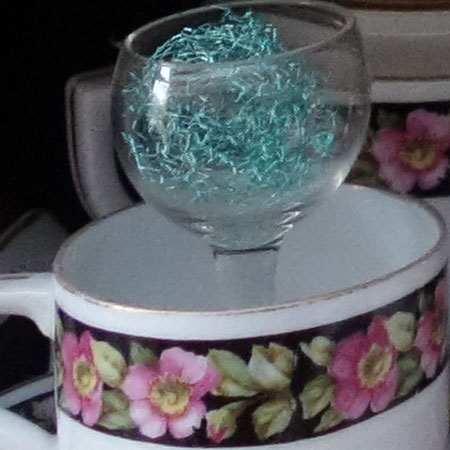
ISO 800 |
|
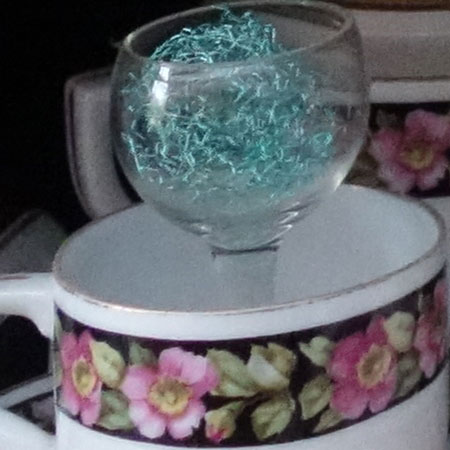
ISO 1600 |
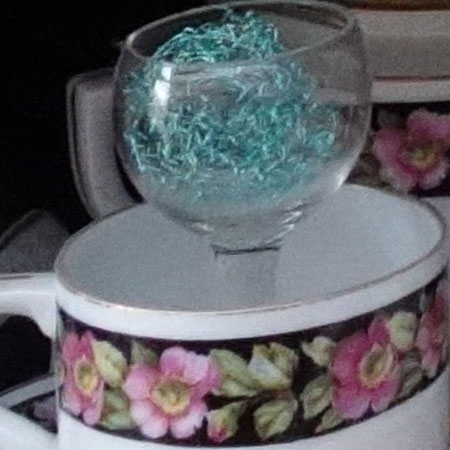
ISO 3200 |
|
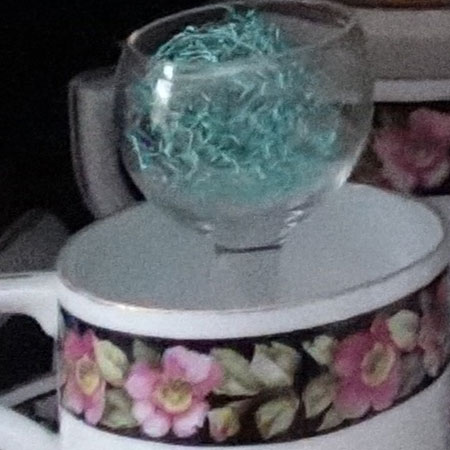
ISO 6400 |
APS-C Sensor (Weak AA Filter): Leica X Vario
The Leica Vario X uses an older, but well-respected 16 Megapixels Sony sensor
with a weak AA filter (moire filter). The camera was introduced in
2013. I acquired it a few months after its release.
The difference between the Leica X Vario and the Sony RX100 seems to be lower
than one would expect regarding the larger sensor size of the X Vario. However,
the X Vario's lens is much better, which also contributes
to a better overall impression.
Leica itself describes ISO 12500 as a "stopgap", and definetely
you can see why... I usually do not go beyond ISO 1600; I use ISO 3200 (or
even ISO 6400) only in exceptional cases.
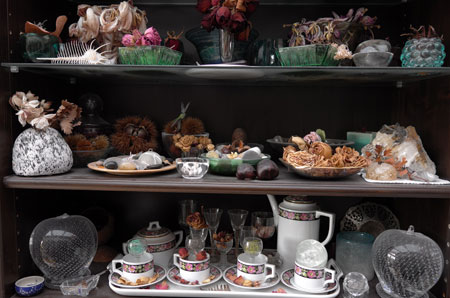
ISO 100, 200, 400, 800, 1600, 3200, 6400, 12500 (original
files)
Exposure value: mostly 5.9, 5.6 once (camera set to -1 EV)
There are perhaps better sections on the Leica X Vario samples for
comparing the different ISO values between these cameras - please download
the original files if you want to check this. |
|
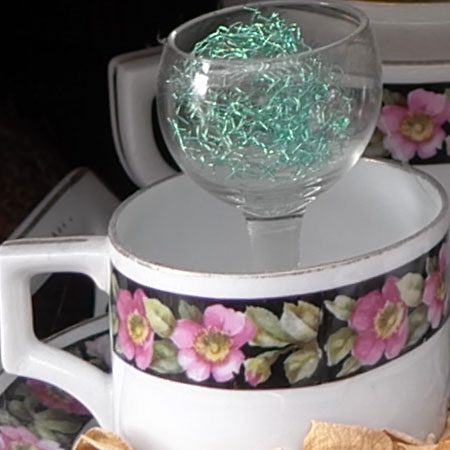
ISO 100 |
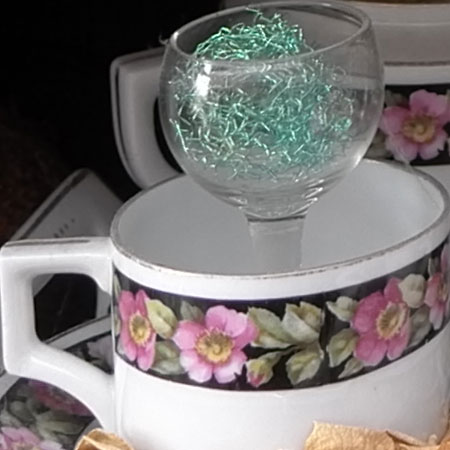
ISO 200 |
|
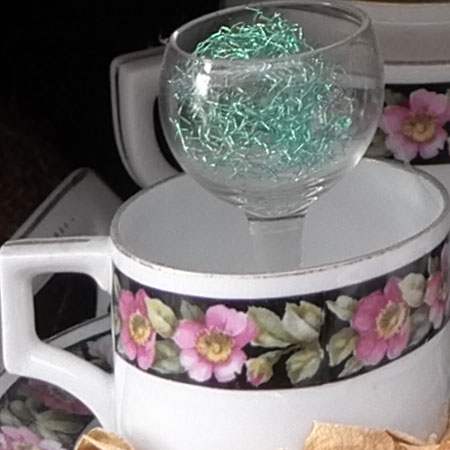
ISO 400 |
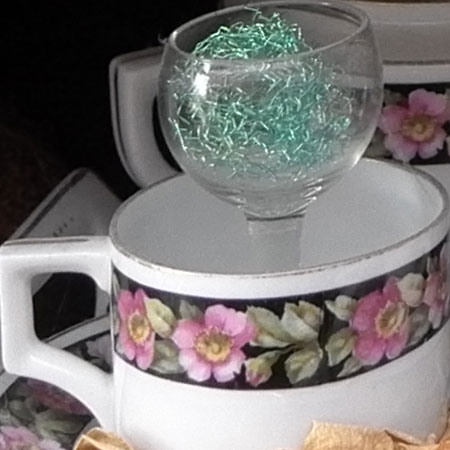
ISO 800 |
|
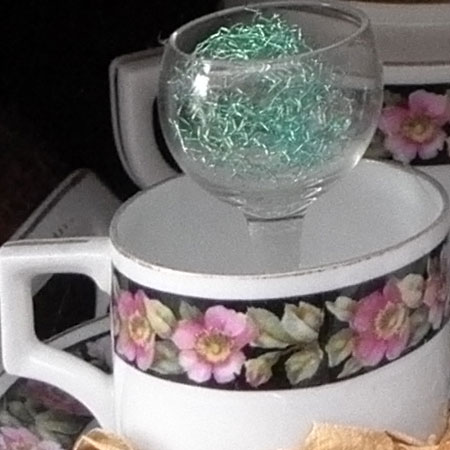
ISO 1600 |
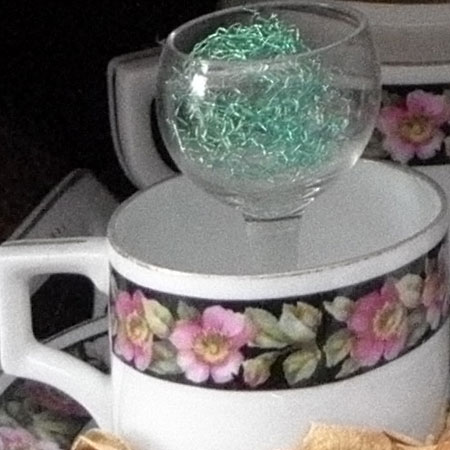
ISO 3200 |
|
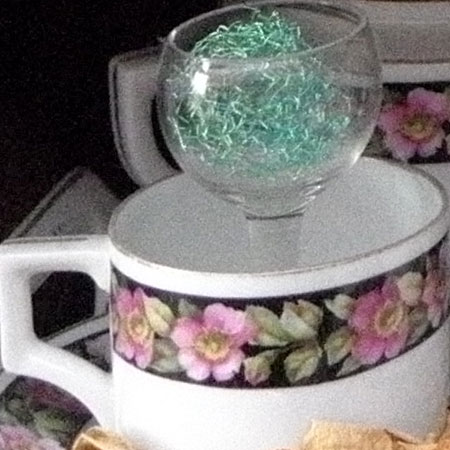
ISO 6400 |
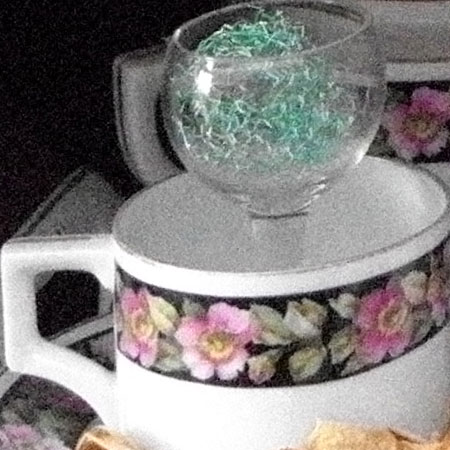
ISO 12500 |
|
|
APS-C Sensor (no AA Filter): Ricoh GR
The Ricoh GR uses an older, but well-respected 16 Megapixels Sony sensor without
AA filter (moire filter), which is otherwise largely identical to the
Leica X Vario's sensor. The camera was also introduced in 2013, I acquired it
at the end of 2013.
I find good image quality up to and including ISO 1600 (ISO 800 is even better)
- I would go beyond ISO 6400 only as a last resort. The GR photos appear perhaps
a "small bit" sharper
than the Leica Vario-X photos (because the GR's sensor lacks an AA filter),
but I can not see large differences between both cameras. The difference between
the Ricoh GR and the Sony RX100 seems to be lower than one would expect
regarding the larger sensor size of the GR. However,
the GR's fixed lens is much better, which also contributes
to a better overall impression.
The difference to
the Sony RX100 is lower than one would expect because of the dual sensor
size. However, the appearance of the GR is much better, which also contributes
to a better overall impression.
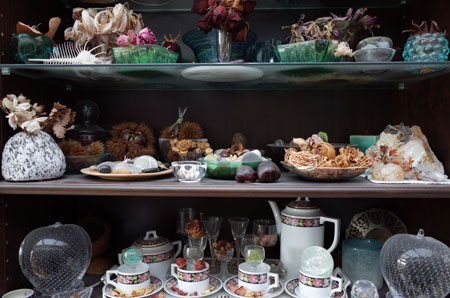
ISO 100, 200, 400, 800, 1600, 3200, 6400, 12800, 25600 (original
file)
Exposure values range between 2.3 and 3.0.
There are perhaps better sections on the Ricoh GR samples for comparing
the different ISO values between these cameras - please download the
original files if you want to check this. |
|
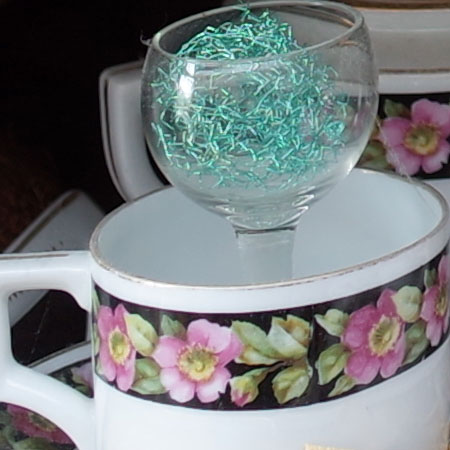
ISO 100 |
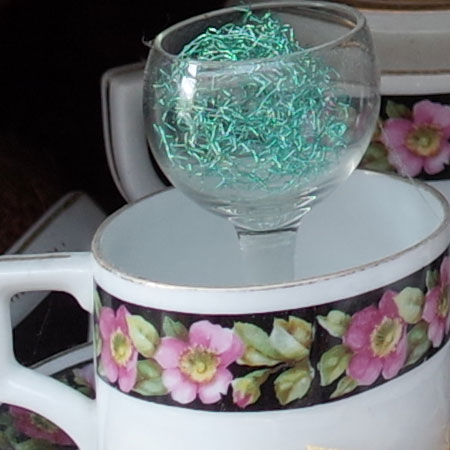
ISO 200 |
|
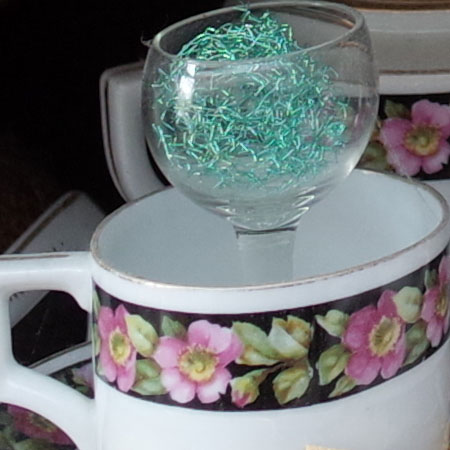
ISO 400 |
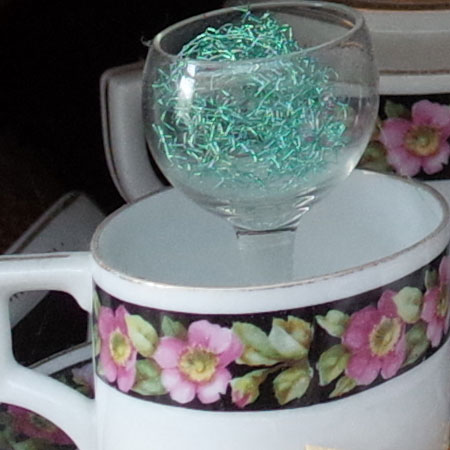
ISO 800 |
|
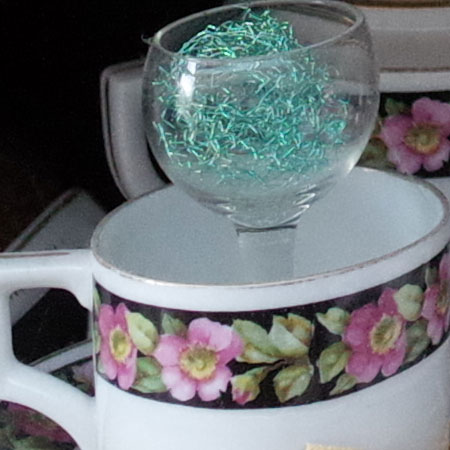
ISO 1600 |
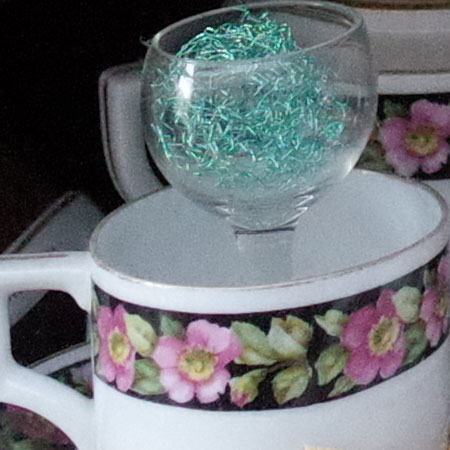
ISO 3200 |
|
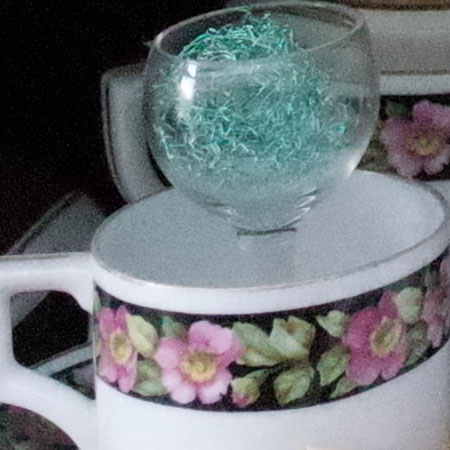
ISO 6400 |
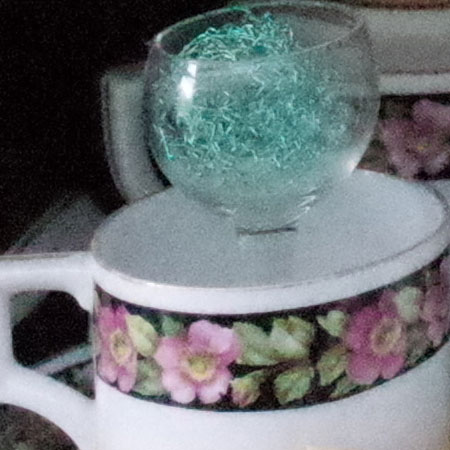
ISO 12800 |
|
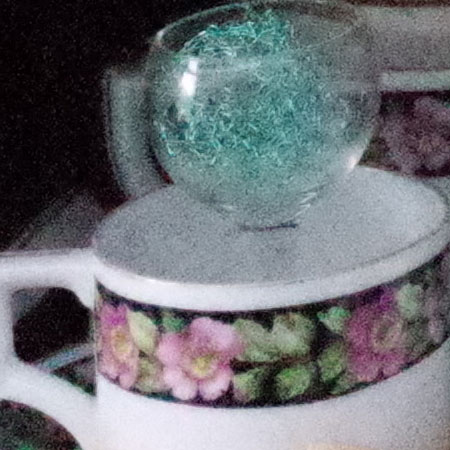
ISO 25600 |
Full Format (no AA Filter): Leica
M (Typ 240)
The Leica M (Typ 240) uses a 24 Megapixels CMOSIS full-format sensor without
AA filter (moire filter). The camera was introduced in autumn 2012, available
around spring 2013, and I acquired it at the end of October 2015.
I find good image quality up to and including ISO 1600 (ISO 800 is even better)
- I would go to ISO 6400 only as a last resort (Leica calls it "PUSH 6400" to
indicate that there are quality losses involved). ISO 100 is not "native" (Leica
calls it "PULL 100") to the sensor.
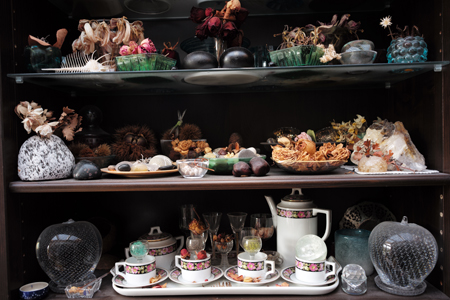
ISO 100
(PULL), ISO
200, 400, 800, 1600, 3200, 6400 (original
file)
Exposure values range between 4.4 and 5.5 (set to -1.0 EV)
There are perhaps better sections on the Leica M (Typ 240) samples
for comparing the different ISO values between these cameras - please
download the original files if you want to check this. |
|
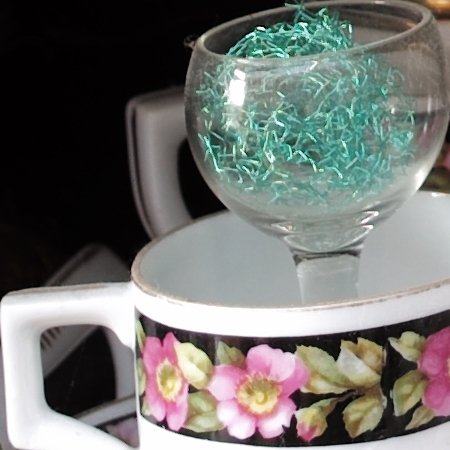
ISO 100 (PULL) |
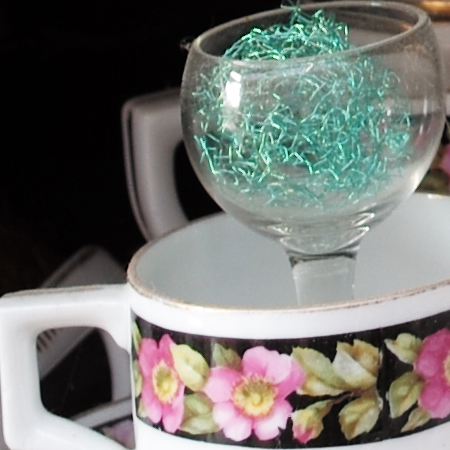
ISO 200 |
|

ISO 400 |
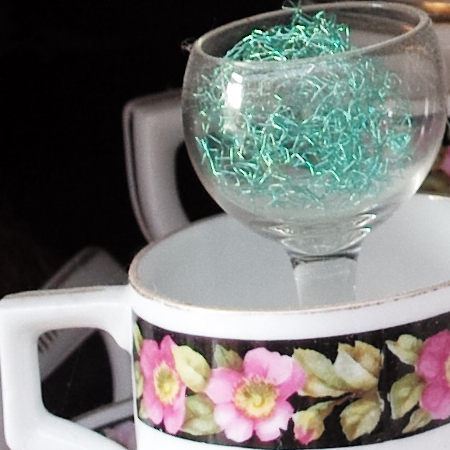
ISO 800 |
|
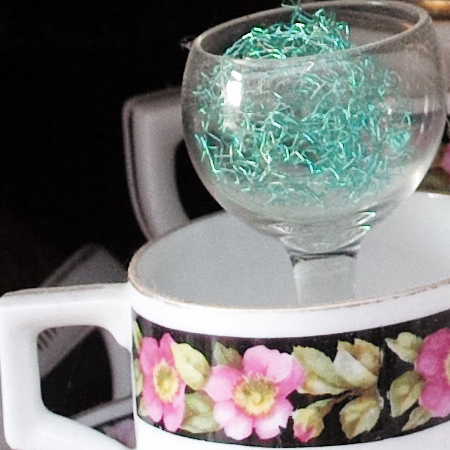
ISO 1600 |
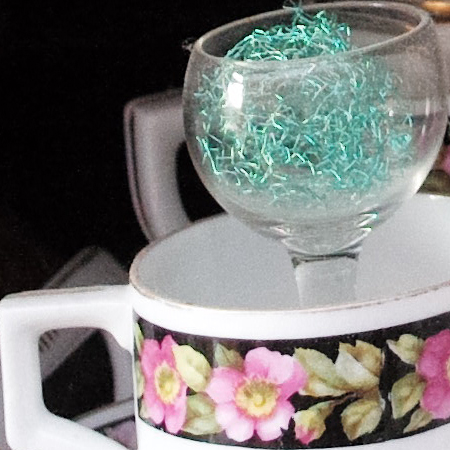
ISO 3200 |
|
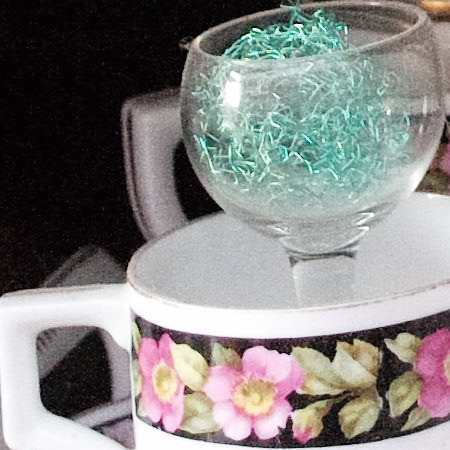
ISO 6400 (PUSH) |


































